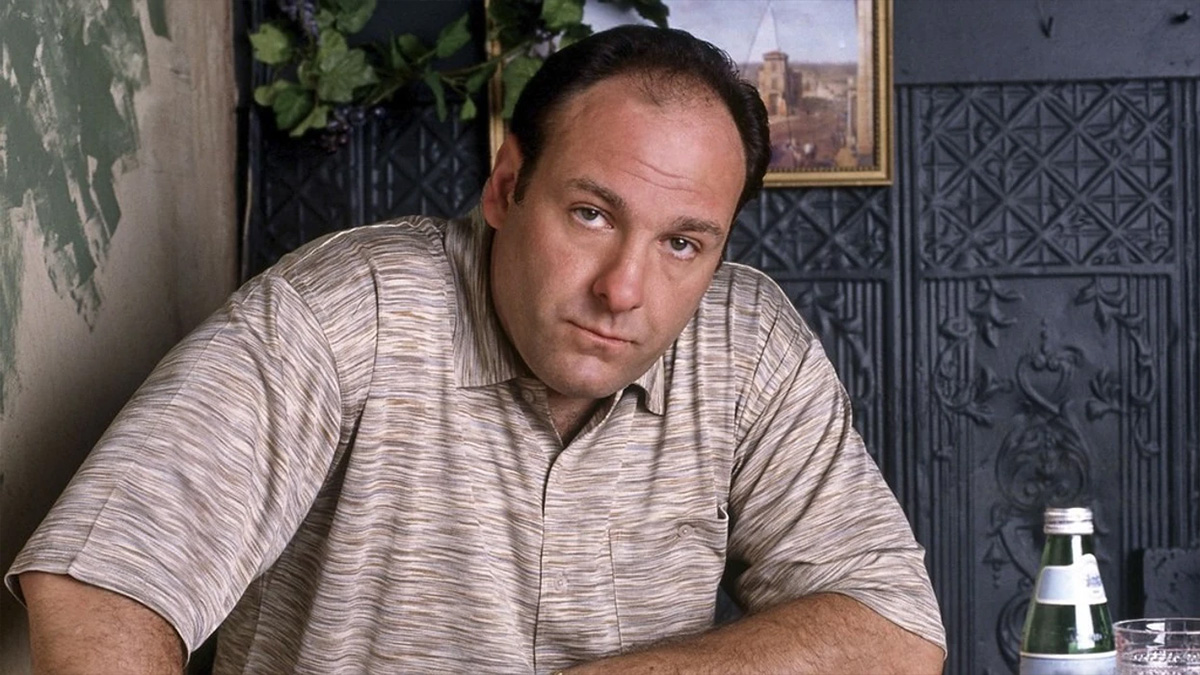For decades, television series were regarded as nothing more than light entertainment for the masses. What used to be dismissed as “evening soaps” has, in some cases, evolved into true auteur fiction—even a form of total art. This metamorphosis can be broken down into three key eras: the classical age of the 1970s and ’80s, the narrative revolution of the 1990s, and the rise of “prestige drama” and big-budget productions from the late ’90s onward. Two seminal shows—The Wire and Breaking Bad—however, defy this linear framework. These are foundational exceptions that redefined the role of television in contemporary culture.
The Old-School Era: Mainstream Series of the 70s and 80s
Back then, TV shows followed fixed formats and were produced for major broadcast networks like CBS, NBC, and ABC. Episodes were mostly self-contained, with little to no character development or overarching storylines. Shows like Dallas (1978), Knots Landing (1979–1993), or The Cosby Show embodied this era when television’s goal was to capture a broad family audience with comforting characters and predictable arcs. Success came through routine. The aim wasn’t to challenge—but to reassure.
The First Revolution: Long-Form Narratives and New Atmospheres
In 1990, David Lynch and Mark Frost turned the tide with Twin Peaks. Broadcast on ABC, a national network, the show blended detective fiction, dream logic, social satire, and surreal horror. Its uncanny tone, eerie silences, narrative gaps, and supernatural touches broke all established norms. Against all odds, it succeeded: the pilot drew over 30 million viewers. Twin Peaks proved that unconventional storytelling could resonate with a mass audience.
Then came Oz (1997), created by Tom Fontana for HBO. Set in a brutal fictional prison, the show introduced raw realism and fragmented storytelling. Gone were the conventional heroes. Oz also marked the rise of the “showrunner”—one individual overseeing writing, production, and artistic vision. The TV auteur was born.
Prestige Drama: When Television Becomes Art
The true turning point came in 1999 with HBO’s The Sopranos. For the first time, a TV show centered around a deeply conflicted protagonist—Tony Soprano, a mob boss battling existential dread. Psychology trumped action. The narrative unfolded like a novel. Thus began the era of prestige drama.
Soon after, Six Feet Under (2001), Dexter (2006), and Mad Men (2007) further blurred the lines between good and evil, hero and antihero, TV and cinema. The tone grew darker, more introspective, more adult. The serialized format became the norm, with each season constructed as a unified narrative with cinematic ambition.
Series as Global Blockbusters
With Game of Thrones (2011), HBO raised the stakes yet again. Vast world-building, blockbuster-level special effects, and budgets over $10 million per episode by season six. The show became a worldwide phenomenon, broadcast in 170 countries. This was the dawn of event series, designed for global streaming, complete with spin-offs and franchises.
Streaming giants like Netflix, Amazon Prime, and Apple TV+ followed suit. The Lord of the Rings: The Rings of Power, Foundation, and Dune: Prophecy push the limits of TV production. The budget no longer distinguishes cinema from television—only the binge potential matters.
Two Foundational Exceptions: The Wire and Breaking Bad
The Wire (2002–2008): The Series That Refused to Be a Series
Created by David Simon, a former journalist at The Baltimore Sun, The Wire is unlike any other show. Each season dissects a different institution: the drug trade, the docks, the school system, city politics, the press. It unfolds slowly, meticulously, with minimal spectacle. Shot in Baltimore with many non-professional actors, it was so realistic that actual criminals claimed to recognize themselves. But The Wire wasn’t trying to entertain—it sought to reveal how systems crush individuals. No heroes, no soaring soundtracks, no fake cliffhangers. Just five seasons of sociological storytelling.
Breaking Bad (2008–2013): Where Characters Truly Change
Breaking Bad is the antithesis of Dallas or Friends, where characters remain static for years. Created by Vince Gilligan, the show asks: what happens when a regular man becomes a monster? Walter White, a high school chemistry teacher diagnosed with cancer, evolves into a drug kingpin. The show follows that transformation to its darkest end. It’s not the plot that evolves—it’s the character. Each season intensifies his moral and psychological descent. A defining moment in storytelling history.
Conclusion: A Medium in Constant Evolution
From family dramas to geopolitical epics, from canned laughter to Shakespearean tragedy, from low-budget soap operas to $100 million productions, television series have come a long way. Three major eras sketch its evolution. But it is in the margins—in shows like The Wire and Breaking Bad—that TV has reached its greatest heights. That’s where it transcends entertainment and becomes something more: a mirror to society, or a machine for reshaping what it means to be human.
